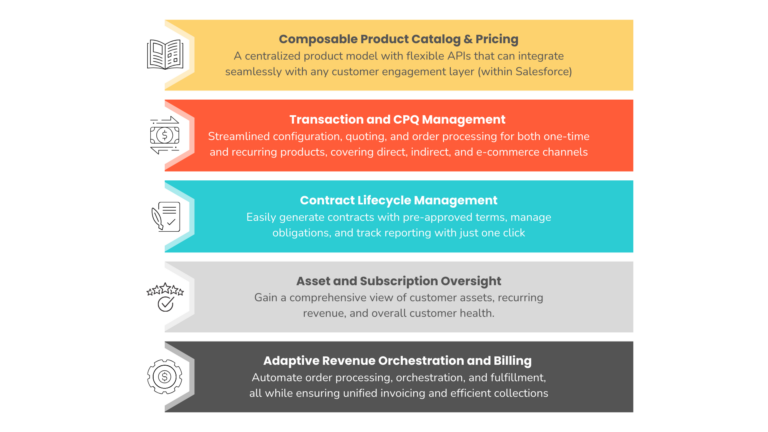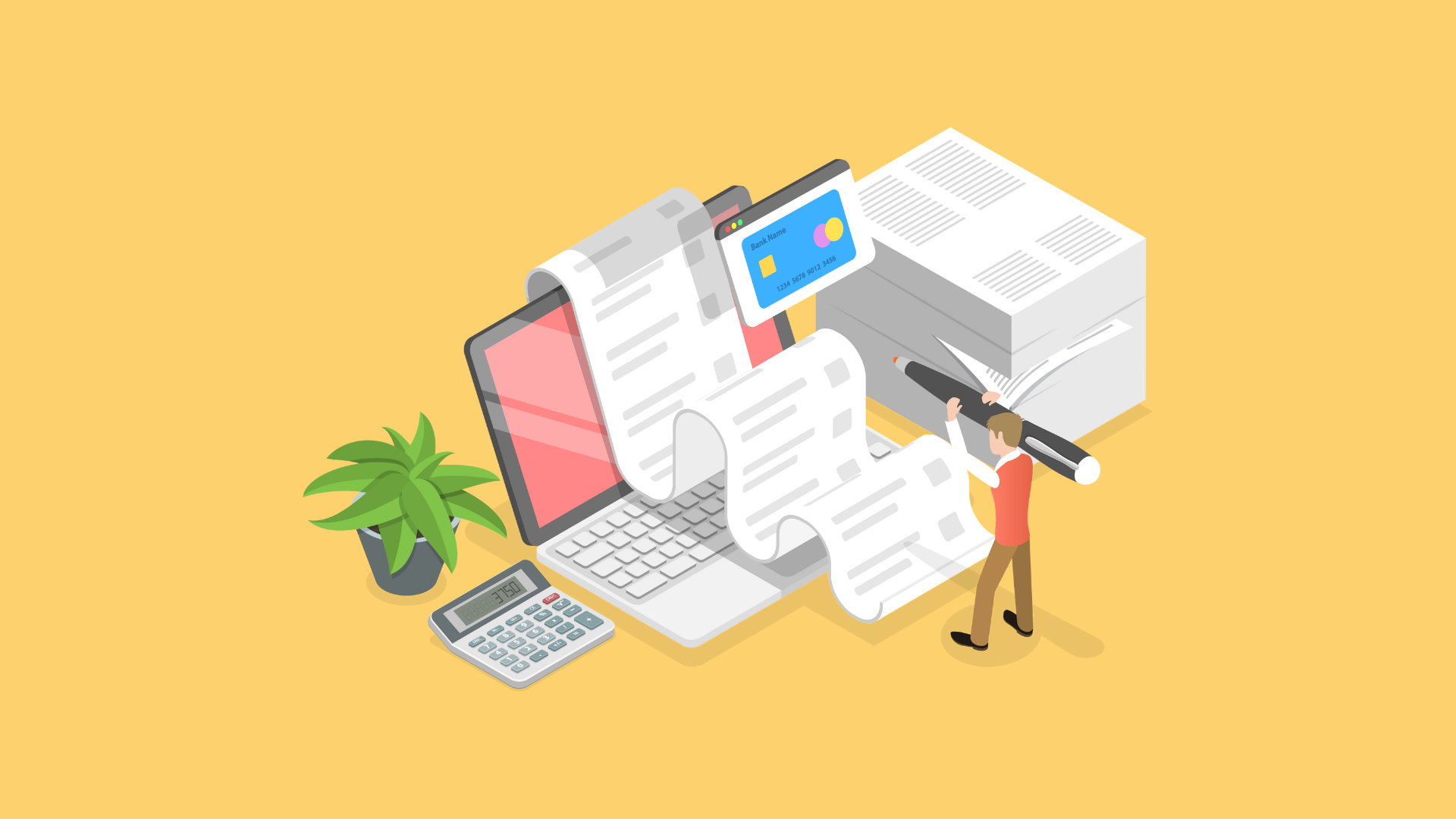Salesforce adding yet another tool to its already impressive collection is no surprise here. And we’ll be honest—while we’re still in the early days of acquainting ourselves with ALL this new tool has to offer, we’re already pretty excited about its potential from what we’ve seen. Enter Salesforce Revenue Lifecycle Management (RLM). So, what is this new Revenue Cloud product?
RLM is a comprehensive offering that unifies, centralizes, and enhances the functionalities of various revenue-related functionalities under one Salesforce umbrella. This includes CPQ (Configure, Price, Quote), Billing, Subscription Management, E-Signature, Document Generation, and more. But what does that actually mean for you? Imagine a world where you don’t need to bounce between systems or wrangle with third-party integrations.
RLM is not a new standalone product but a collection of features and tools packaged together to meet a wide range of customer needs across the revops lifecycle, to optimize processes and improve efficiency and was developed using both in-house technology and technology acquired through SteelBrick and Vlocity. Unlike standalone systems like NetSuite or Stripe, RLM is designed to manage every aspect of the revenue process within the Salesforce environment. It synthesizes the best aspects of Salesforce’s core platform, integrating functionalities from past acquisitions, all natively built on the Einstein 1 Platform. This approach allows for easier admining with declarative configuration, reducing the need for extensive technical expertise and moving away from the complexities of managed package environments.
Who is RLM made for?
The beauty of RLM is its versatility. Whether you’re a small business with big dreams or an enterprise juggling complex operations, RLM scales to fit. It’s particularly great for industries that deal with intricate revenue processes but don’t want to sacrifice simplicity. And thanks to its intuitive interface, ongoing maintenance won’t require a super advanced techy admin to make a few small changes. However, deploying RLM for larger, omnichannel enterprise solutions may require more resources—so it’s something to keep in mind.
Core Pillars and Features of RLM

Product Catalog Management
→ Centralized Product and Pricing Model: Manage all products and pricing methods directly on the Salesforce platform. Ensures consistency and ease of access to product information
→ API Integration: Integrate with external platforms using a variety of APIs.
→ Flexible Product Structure: Define and manage product attributes, bundles, and classifications. Create (templates) once, use across multiple products.
*Simple and bundled products *Rules and qualification procedures management *Product lifecycle management
Benefits: By managing products and pricing on the Salesforce platform, businesses can ensure all stakeholders have access to up-to-date information, reducing errors and enhancing CX.
